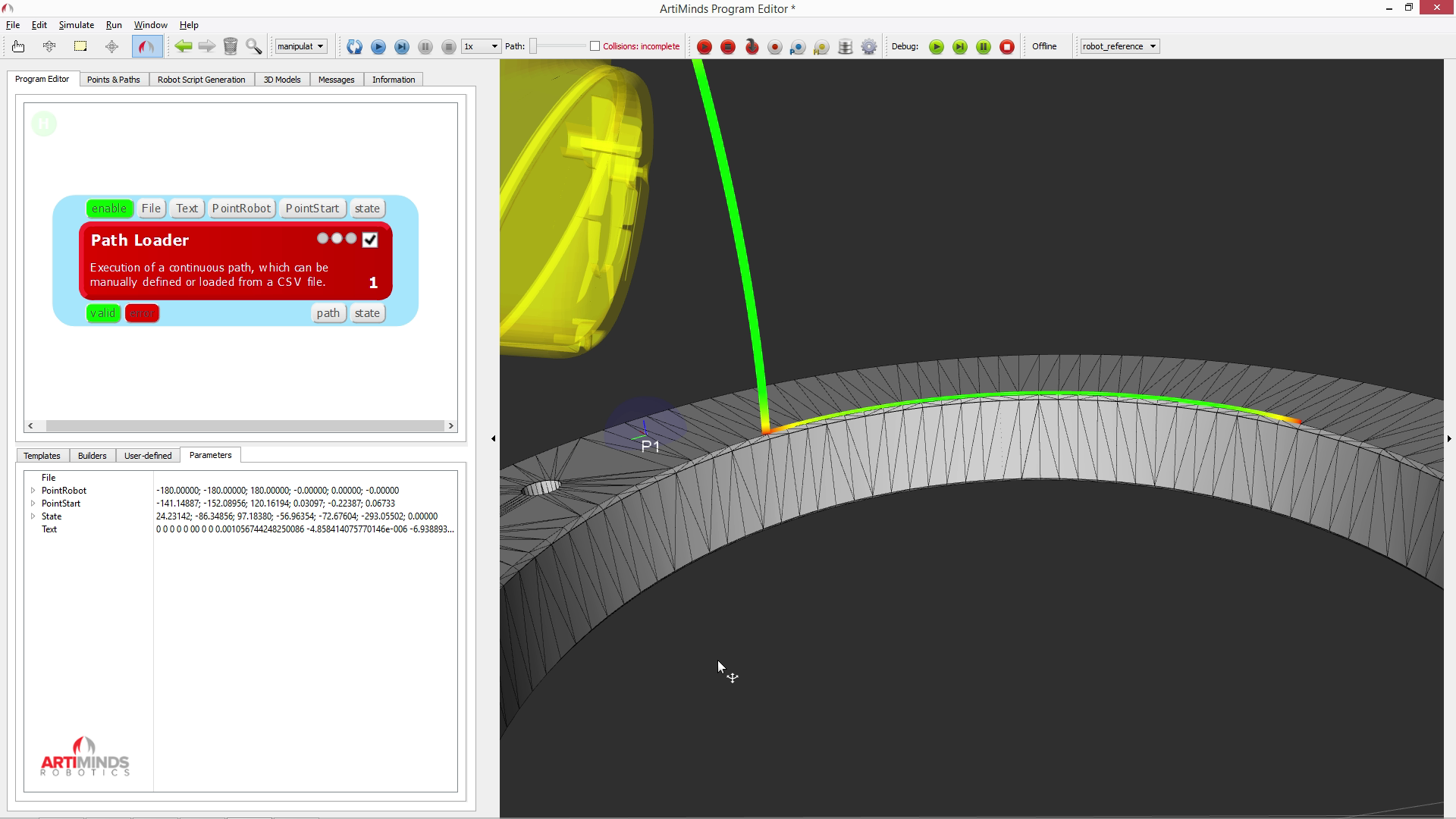@MarcAntoine_Lacasse could advise you on that!

The Dof Community was shut down in June 2023. This is a read-only archive.
If you have questions about Robotiq products please reach our support team.
If you have questions about Robotiq products please reach our support team.
 Etienne_Samson
Etienne_Samson
 MarcAntoine_Lacasse
MarcAntoine_Lacasse
 Grady_Turner
Grady_Turner
 matthewd92
matthewd92
 Simon
Simon

I would like to be able to have a known path, and be able to "slice" that path into tiny moves such as the UR does in the background when generating motion. During each move slice, I'd like to look at a force value on the FT sensor and adjust the next move accordingly so that the robot can either: 1. move on a path and keep a constant force applied very consistently or 2. "react" or follow a non smooth surface.